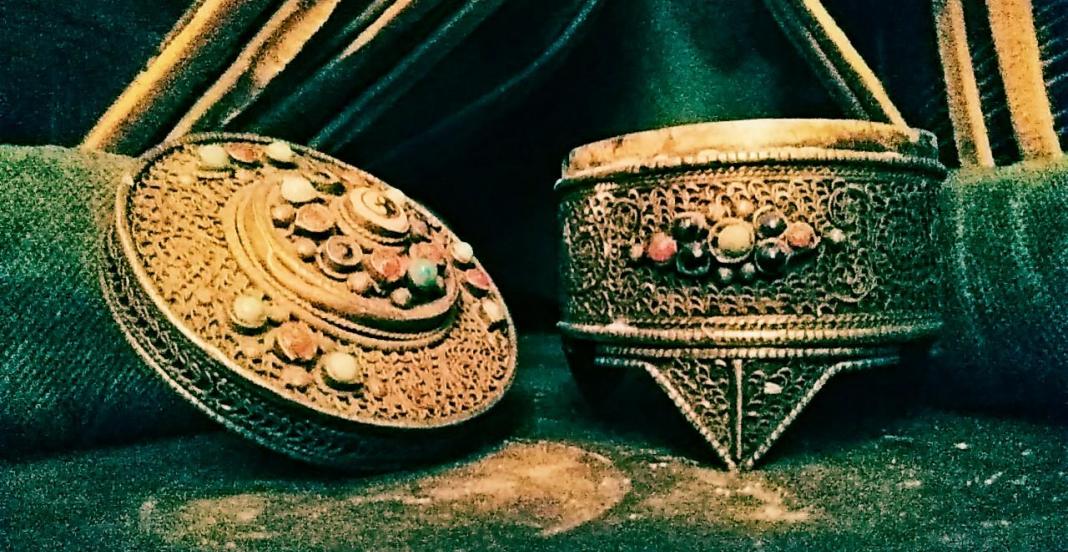Introduction Tala
Tala or tal is the name for the understanding of the rhythmic system in India. In Sanskrit, tala means the palm of the hand, clapping of hands, rhythm [8]. The first rhythmic instrument was the clapping of the hands.
"Tala is a broad term, for it denotes not only rhythm, tempo, measure of time etc. but also the process and actions through which these are achieved and demarcated"[9].
The oldest books on Indian music like Bharata's "Natyasastra" and Dattila's "Dattilam" from around 2000 years ago both considered tala as an indispensable principled element in Indian music, only about the origin of tala they could not say anything.
"Tala was already a developed concept and was recognized as an indispensable element of music" [10].
A huge development in tala was made between the 11th and the 14th century. After the five talas explained by Bharata and Matanga around the 8th century, by the year 1375 there were more than 120 talas.
A tala is a rhythmic structure of a number of measures that forms a rhythmic cycle, i.e. a rhythmic phrase that is repeated over and over. This cycle is divided into smaller groups, or divisions (vibhaga) of 2, 3, 4, 5, 6, etc. measures. Jhaptal has a 10-count cycle divided into 2, 3, 2, 3; Rupak tal has a 7-beat cycle divided into 3, 2, 2; and teen is a cycle of 16 beats divided into 4, 4, 4, 4. The length of a cycle of a tala is called avarta. There are talas of 6 counts, up to a theoretical 108 counts. In general, between 15 and 20 talas are often heard, and about 30 to 40 talas are sometimes performed for select audiences.[11]

